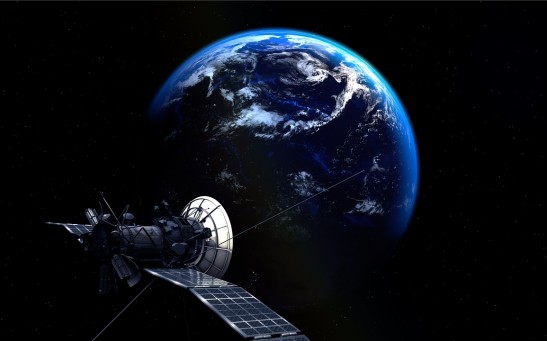space
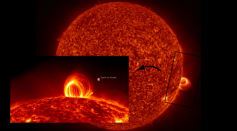
A Decade With the Solar's Center: Witness the Breathtaking Time Lapse of the Sun
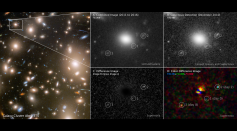
NASA's Hubble Space Telescope Captures Image of a Supernova Exploding 11 Billion Years Ago
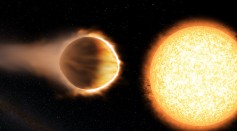
Case of 'Missing' Planets Solved: Is Planetary Migration The Culprit?
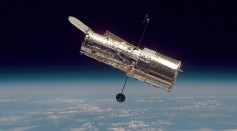
NASA Hubble Space Telescope Finds Exploding Supernova; Scientists Explain Cooldown
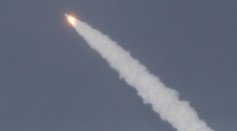
Atlas V Rocket Launches NOAA's JPSS-2 Weather Satellite, Mars Inflatable Heat Shield to Space
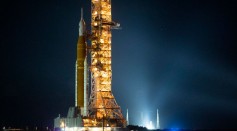
NASA Might Launch Artemis I Mission This November With the Goal of Measuring Cosmic Radiation Astronauts Could Face
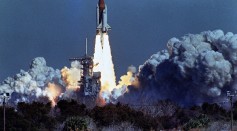
Large Piece From Space Shuttle Challenger Disaster Found Buried at the Bottom of the Atlantic Ocean After More Than 25 Years
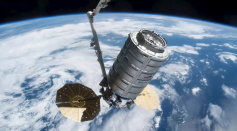
Northrop Grumman Cygnus Cargo Spacecraft Gears up for Engagement with International Space Station
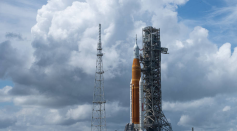
NASA’s Artemis 1 Moon Rocket Lifespan Ticking as Boosters May Expire in December
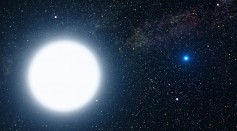
Over 10-Billion-Year-Old Remnants of a Destroyed Solar System is the Oldest Ever Found in the Milky Way Galaxy

China Wants To Send Monkeys to Tiangong Space Station For Sex

Tropical Storm Nicole To Strengthen Into Hurricane As It Nears Florida; Is NASA’s Artemis 1 Moon Mission Launch Delayed Again?
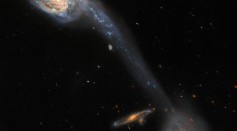
Hubble Space Telescope Inspects Two of the Galaxies in a Galactic Triplet 200 Million Light-Years Away
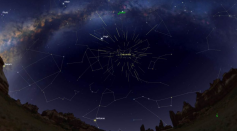
Meteorite Sets California Man’s House on Fire [Look]
Most Popular

AI Revolution in Medical Education: Transforming How Healthcare Professionals Learn

Optimizing Complex Catalog Systems with Graph Theory and Indexing

Out of Office, Not Out of Mind: Planning for Employee Holiday Absences

Practical Steps to Future-Proof Your Money to Create Financial Security

